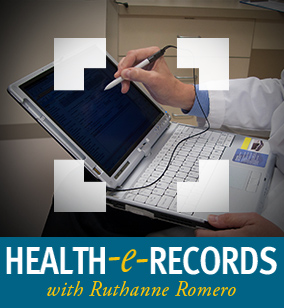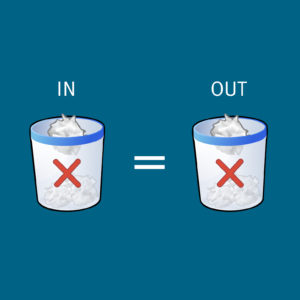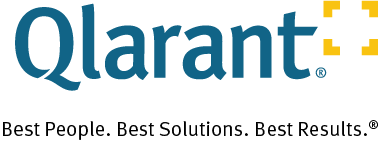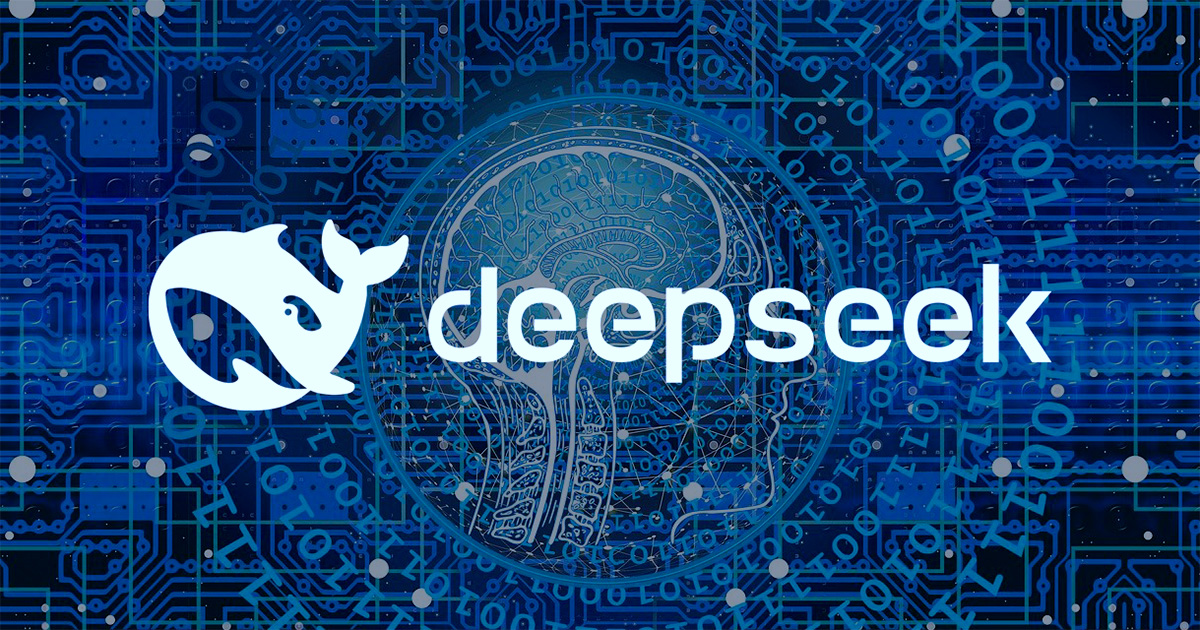You Reap What You Sow
 If you work with computers (specifically databases) or do a lot with mathematics, you probably have heard the term GIGO, better known as ‘Garbage in, Garbage out’. What does that really mean and what is its impact? This concept deals with the quality of output which is determined by the quality of the input. From a math standpoint, if a mathematical equation is improperly stated, the answer is unlikely to be correct. From a computer science standpoint, it is where flawed, or nonsense input data produces nonsense output or “garbage”. From an overall general standpoint, it basically means that with all analysis and logic, arguments are unsound if their premises are flawed. This is important because it can have a great impact as to what goes into (data) and comes out of (reports) our electronic health record (EHR).
If you work with computers (specifically databases) or do a lot with mathematics, you probably have heard the term GIGO, better known as ‘Garbage in, Garbage out’. What does that really mean and what is its impact? This concept deals with the quality of output which is determined by the quality of the input. From a math standpoint, if a mathematical equation is improperly stated, the answer is unlikely to be correct. From a computer science standpoint, it is where flawed, or nonsense input data produces nonsense output or “garbage”. From an overall general standpoint, it basically means that with all analysis and logic, arguments are unsound if their premises are flawed. This is important because it can have a great impact as to what goes into (data) and comes out of (reports) our electronic health record (EHR).
The quality and quantity of our documentation are crucial for the patients being cared for by their providers. Thorough and accurate documentation is important. Just recording the minimum required could have an impact on patient care or services being performed and not getting paid. The consequences of data quality can be far-reaching. Bad data could cause medical mistakes resulting in malpractice, while good data could result in cures being developed and the improved quality of patient’s lives.
In an article titled: “Future forward: I am data” written in the American Nurse Today (official journal of ANA), healthcare is all about ‘Big Data’. Some of the key players in helping to create Big Data are the same nurses and doctors that provide care to us every day. Before I go on, let me step back for just a moment in order to get us all on the same page of the meaning of Big Data. We hear this term a lot and anything with the word ‘Big’ connected to it can be intimidating. Godzilla, King Kong, the Giant from Jack and the Bean Stalk, all are big and yes, pretty intimidating. So what is Big Data? It refers to a massive, complex amount of data, facts, and statistics—so large it is hard to process without some form of analytics or “logic screen” to reveal patterns, trends, and associations. Traditional software techniques usually can’t handle it and humans definitely cannot make sense of it. It can actually make our brain hurt. Healthcare is full of ‘Big Data’. That is one of the purposes of implementing the EHR, in order to be able to have a place where we can input and store data so that we can use analytics to provide us output that will reveal patterns, trends, and associations to transform the data into meaningful information used to improve healthcare, fight fraud, waste, & abuse, or even save taxpayer dollars.
One of the rising fields to help with ‘Big Data’ is healthcare informatics. Informatics help turn data into information and information into knowledge. This field has grown as an evolving science with the expansion of EHRs and health data analytics systems. Clinical informatics is used in direct patient care by supplying physicians, nurses, physical therapists, aides and other caregivers with information that can be used to develop care plans. Nursing informatics help nurses and physician practice facilities interact with health IT systems. They also help to accurately document transitions of care — for example, when a patient is going from an ambulatory setting to a hospital setting, or from a hospital to a rehabilitation center which is required by Medicare or private insurance for meeting reimbursement criteria. Public health informatics is the application of computer science, information and technology to the administration of public health, including disease surveillance, prevention, preparedness, and health education according to the American Medical Informatics Association. When used in public health, informatics can guide government and nonprofit health administrators in making data-driven decisions about public health policies and programs.
 Just to sum up and bring closure to this post, here are some key things to remember. The EHR is a database that stores patient health data. With any database, the quality and integrity of the data (input) drives the quality and integrity of its information (output). If garbage goes into the EHR, garbage will definitely come out of the EHR. Data drives healthcare, therefore, it can directly and indirectly have both positive and/or negative impacts on patient care and healthcare costs. Healthcare informatics is a field that can help with changing data into information and information into knowledge. By implementing more “user friendly” database designs and reigning in ‘Big Data’, data can be viewed in more understandable and manageable “chunks” that a human brain can comprehend. By working closer with database developers (IT) and the end user healthcare community (inputters & outputters), we may be able to start shrinking “GIGO”. From an environmentally conscious perspective, reducing waste is always a good thing.
Just to sum up and bring closure to this post, here are some key things to remember. The EHR is a database that stores patient health data. With any database, the quality and integrity of the data (input) drives the quality and integrity of its information (output). If garbage goes into the EHR, garbage will definitely come out of the EHR. Data drives healthcare, therefore, it can directly and indirectly have both positive and/or negative impacts on patient care and healthcare costs. Healthcare informatics is a field that can help with changing data into information and information into knowledge. By implementing more “user friendly” database designs and reigning in ‘Big Data’, data can be viewed in more understandable and manageable “chunks” that a human brain can comprehend. By working closer with database developers (IT) and the end user healthcare community (inputters & outputters), we may be able to start shrinking “GIGO”. From an environmentally conscious perspective, reducing waste is always a good thing.
Don’t forget to read my other posts where we touch on such things as the impact of bad data to the EHR (Truth or Fiction? Unintentional or Deliberate? Fraud or Abuse?) or the importance of knowing what’s in your medical record (What’s In Your Electronic Health Record (EHR)?). Once you’re done there, check out Kevin McCash’s blog (@FaceValue) that helps us to navigate through value-based healthcare and healthcare based on quality not quantity. And last but not least, Yixin’s blog (The Research Report) that provides us with the low-down on algorithms and using data from the EHR for predicting and improving clinical practices. All these blogs have a core theme, data is VERY IMPORTANT to healthcare and what goes in to where data is stored must be able to come back out in a form that is usable to everyone involved, so make it count.






